This guide will help you know what to plant in Florida in September, including vegetables, flowers, herbs, and landscape plants.
Vegetables To Plant
Planting vegetables in Florida during September allows you to take advantage of the milder fall weather, ensuring vigorous growth and high yields. Below are ten vegetables ideally suited for planting in various regions of the state.
Tomato
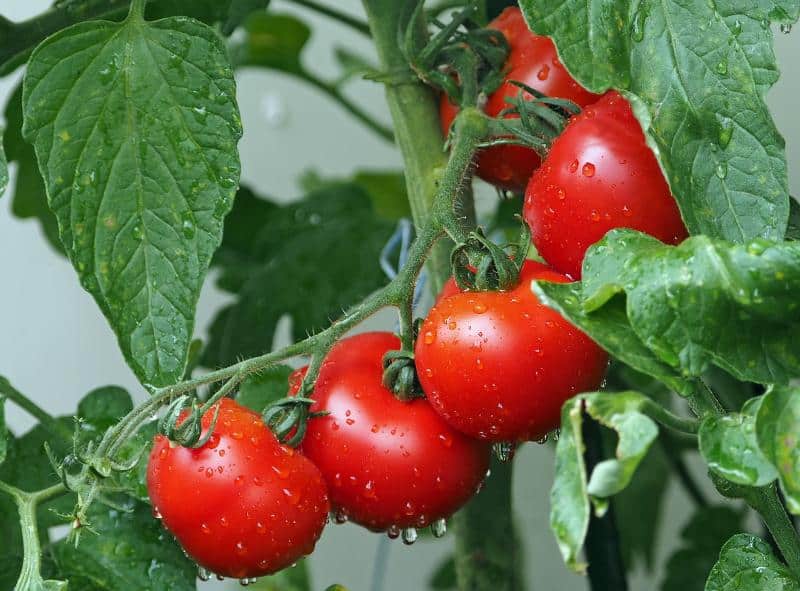
Tomatoes are a staple in Florida gardens, and planting them in late September can yield fruitful rewards, especially in USDA zones 10a and 10b. Varieties like ‘Sun Gold’ and ‘Roma’ thrive in these zones, where daytime temperatures dip to a more bearable range of 70-90°F. Tomatoes prefer well-draining soil with plenty of organic matter and should be watered deeply to establish their roots. Happy, healthy tomato plants will demand full sun for at least six to eight hours daily, so be sure to choose an optimal location.
Bell Peppers
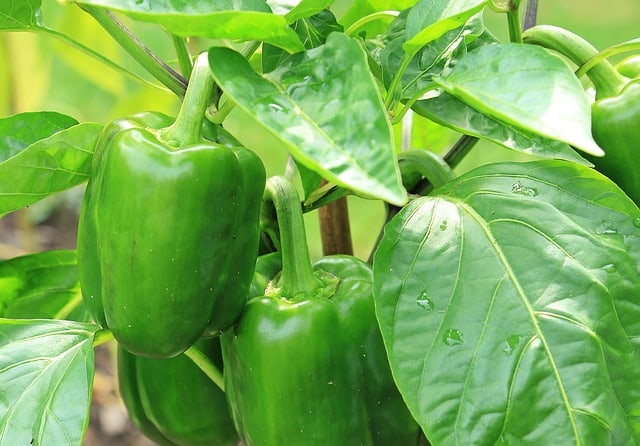
Bell peppers can be planted as the weather cools. They prefer temperatures between 70 to 85°F, making late September a fruitful time in zones 9 through 10. To ensure your bell peppers thrive, plant them in fertile, well-drained soil. These vegetables are sensitive to cold weather, so it’s essential to watch for early frosts if planting in northern regions. With adequate care, you can expect vibrant green fruits by late fall.
Beans
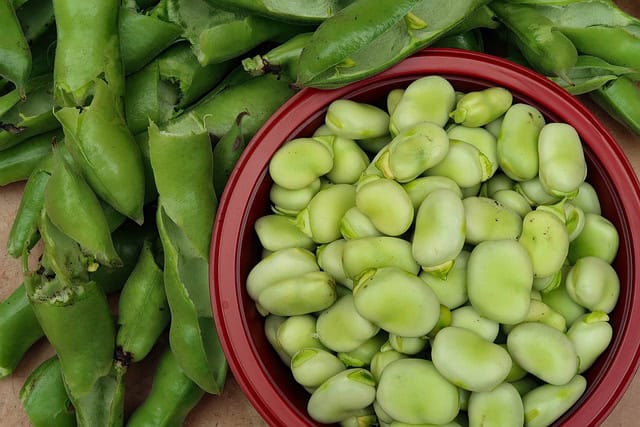
In Florida’s warmer zones, particularly 9b to 10a, planting bush beans in September is optimal. These plants can handle the residual warmth but thrive in the cooler days of fall. Beans are relatively low-maintenance, requiring well-draining soil and full sun. They are nitrogen-fixers, which means they can enrich the soil for future plantings. With a growth cycle of about 50-60 days, you’ll enjoy fresh beans just in time for holiday meals.
Carrots

Carrots are an excellent choice for September planting, especially in cooler areas of Florida, such as USDA zones 8b and 9a. They do well when the daytime temperatures range from 60 to 75°F, gradually sweetening as they mature in the cooler climate. Carrots require loose, sandy loam soil to grow properly, allowing the roots to expand easily. Be diligent about watering, especially in the initial stages, to ensure germination.
Lettuce

Lettuce varieties like Romaine and Butterhead grow best in the cooler months. September planting in zones 9 and 10 can yield bountiful, crisp heads ready for harvest in as little as 30 days. Lettuce prefers partial shade and moist, well-drained soil enriched with compost. This leafy green is frost-tolerant but can bolt in extremely warm conditions, so keep the planting date in mind.
Radishes

Fast-growing radishes are perfect for September planting in USDA zones 10a and 10b. They thrive in temperatures ranging from 70 to 80°F and can be harvested at intervals of just three to four weeks. Their spicy flavor is a great addition to salads, providing a burst of color and crunch. Radishes love well-drained soil and full sun and can be directly sown into the garden.
Spinach

This cool-season favorite thrives in zones 8b through 10 and is perfect for the planting schedule of September. Spinach prefers temperatures between 50 to 70°F, ensuring its leaves grow tender and flavorful. It grows best in deep, fertile soil with adequate moisture. Spinach is also quick to germinate, making it an ideal choice for fall planting.
Beets
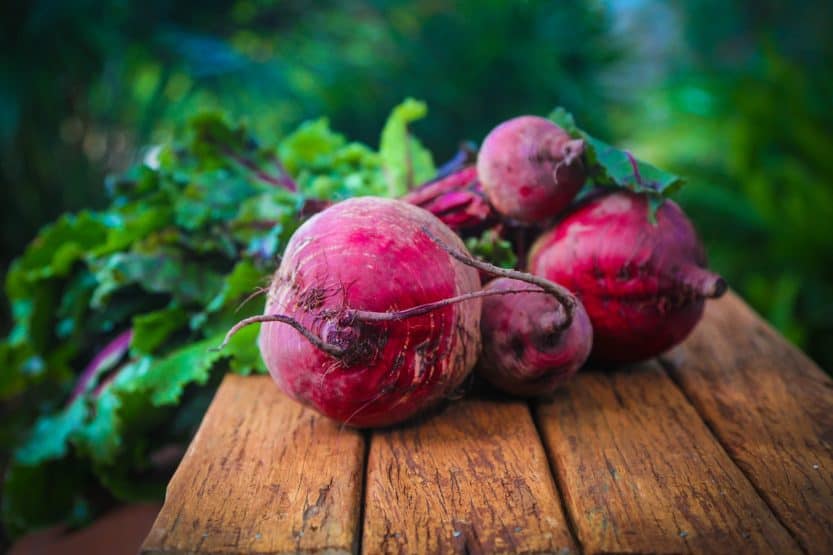
Beets are a nutritious root vegetable that does exceptionally well in the cooler months. Zones 9 and 10 allow for optimal growth, especially with September plantings. Beets enjoy temperatures between 50 to 65°F, creating a desirable environment for them to develop their sweet, earthy flavor. Mix seeds into well-drained, nutrient-rich soil, and keep them evenly watered for best results.
Kale
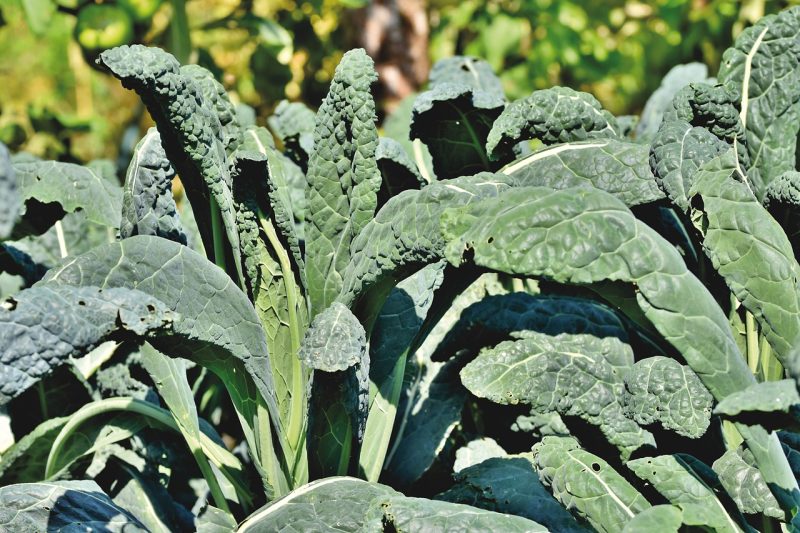
Kale enjoys cooler weather and can be planted in September across all USDA zones in Florida. This hardy green thrives in temperatures from 45 to 75°F and can tolerate light frosts, making it perfect for late fall harvesting. A nutrient-rich, well-drained soil will yield the best results. Kale can be harvested over a relatively long timeframe, providing a steady supply of greens for your kitchen.
Broccoli

Broccoli is a nutritious vegetable well-suited to the fall planting schedule. In Florida, September planting is ideal for zones 9 and 10, thriving in temperatures between 60 to 70°F. This cool-season crop grows best in fertile, well-drained soil and can benefit from a light layer of mulch to regulate temperature. With regular watering and care, you can anticipate harvesting broccoli heads around 60 to 90 days after planting.
Flowers To Plant
Fall is when your garden can come alive with vivid autumn colors. Below are ten flowers that can be effectively planted in Florida during September, filling your landscape with beauty and vibrancy.
Marigolds

Marigolds are hardy, resilient flowers that can brighten any garden in September. They thrive in full sun and well-drained soil, making them particularly suitable for USDA zones 9 and 10. These annuals are also versatile, blooming until the first frost and attracting beneficial pollinators. Plant marigold seeds or transplants in planters or garden beds for a stunning autumn display.
Zinnias
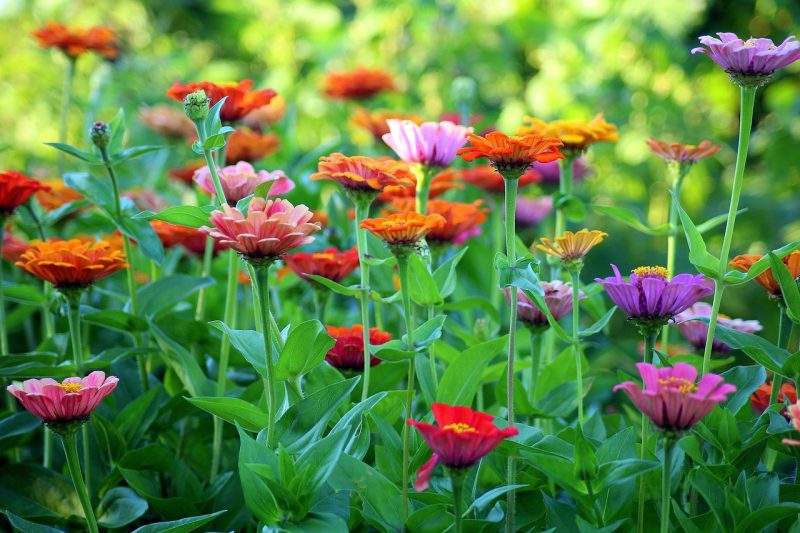
Zinnias are another lively option that can be sown in September across Florida. They bloom prolifically during cooler temperatures and love full sun, thriving best in USDA zones 9-10. Zinnias come in a rainbow of colors, providing a striking backdrop in any garden. They are low-maintenance and can tolerate drought, making them ideal for Florida’s variable weather.
Cosmos
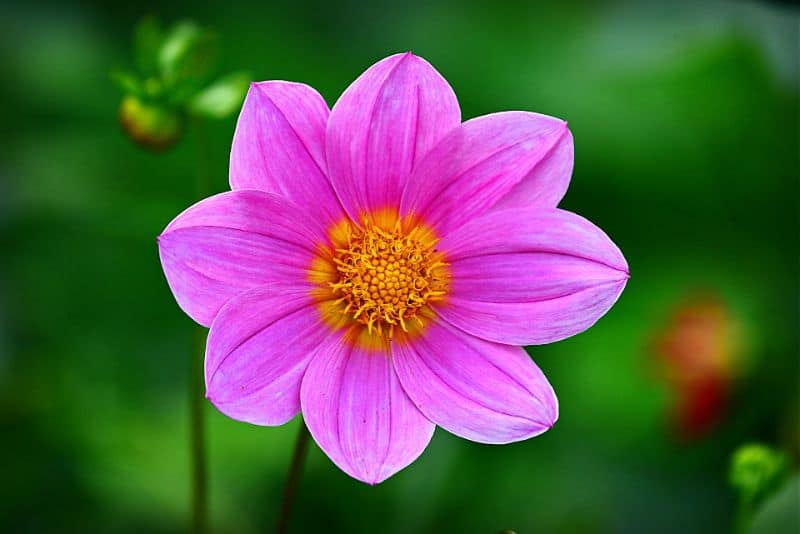
These delicate flowers flourish when planted in September, particularly in zones 9 and 10. Cosmos thrive in sunny locations and will produce vibrant blooms in a colorful array. Flowers emerge quickly, often within a few weeks of planting, and they draw butterflies and other pollinators to your garden space.
Petunias
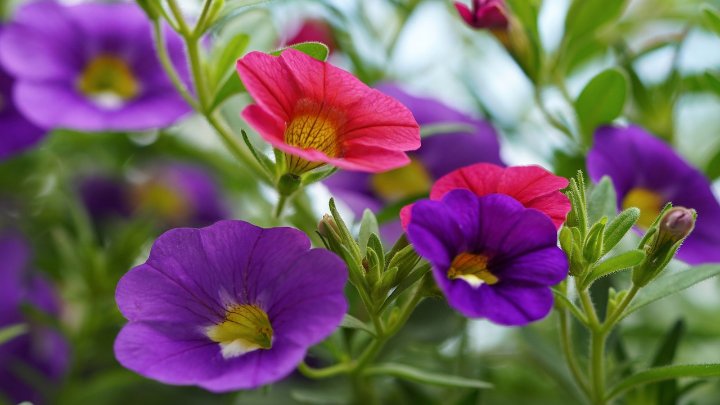
Petunias are classic garden favorites, and late September is prime time for planting these beauties in Florida, especially in zones 9b through 10. These colorful annuals prefer well-drained soil and can withstand light frost, which makes them an excellent option for late fall gardens. With regular deadheading, petunias will provide a cascade of flowers for months.
Asters
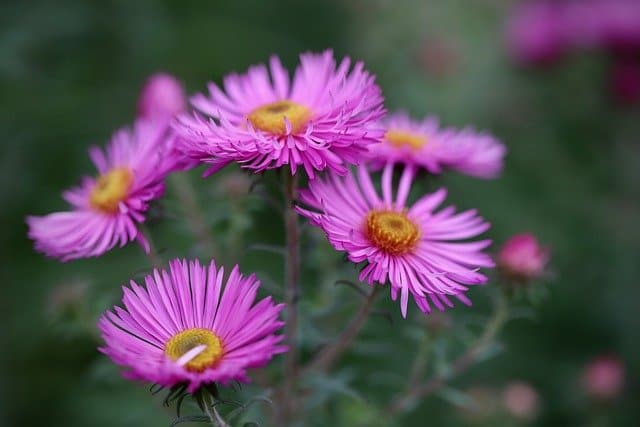
Asters are perfect perennials for late summer and fall, and planting in September allows these flowers to establish roots before the cooler winter. They thrive in zones 8b through 10 and prefer well-draining soil and full sun. Asters bloom from late summer into fall, attracting various pollinators to your garden while offering a leading role in autumn landscapes.
Snapdragons
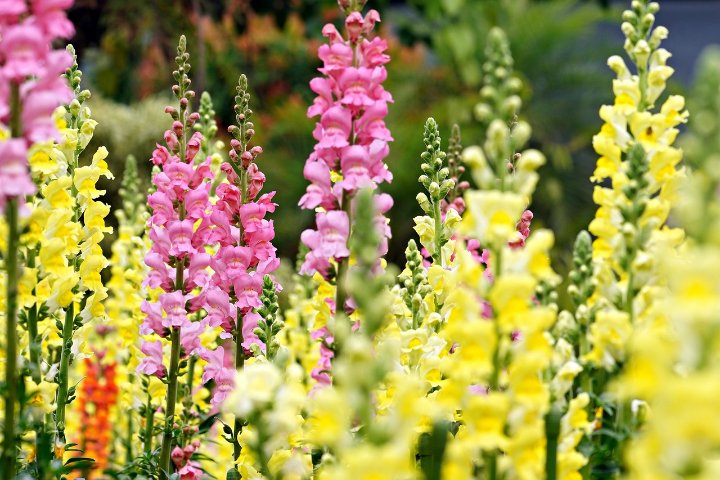
September planting can extend the growing season for snapdragons in Florida. These plants flourish in cooler temperatures and can be planted successfully in USDA zones 9 and 10. Snapdragons prefer full sun and well-draining soil enriched with organic matter. With proper care, snapdragons can bloom through the winter and into the spring.
Pansies

Considered an iconic fall plant, pansies can be sown in Florida during September. These cheerful flowers prefer full sun and will thrive in USDA zones 9 through 10. They are exceptionally hardy, capable of withstanding cool temperatures. Plant pansies as they start to become available at local nurseries, and you’ll enjoy their colorful blooms all fall and winter.
Dianthus
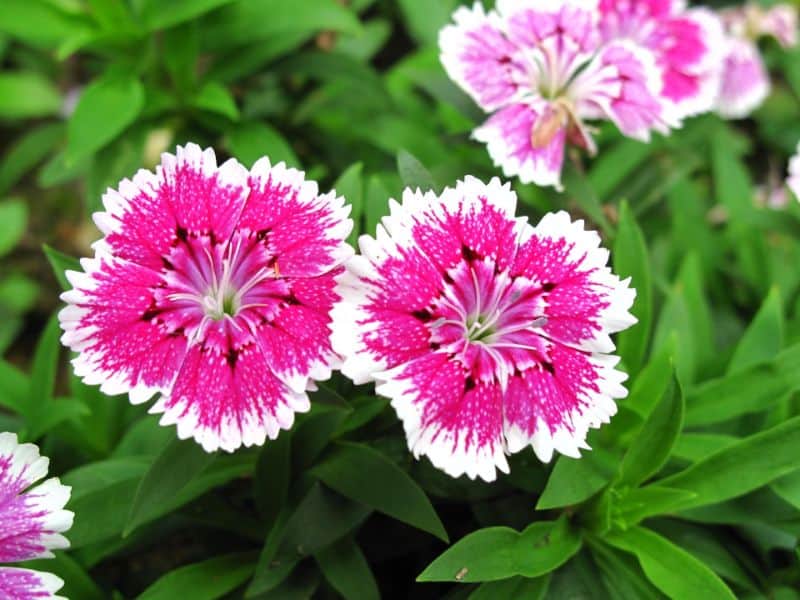
Dianthus, commonly known as sweet william or pinks, are ideal for September planting in regions of Florida. They prefer full sun and will thrive in zones 9 through 10. Dianthus are hardy perennials that provide unique, fragrant flowers, often blooming through the cooler months and returning year after year.
Salvia
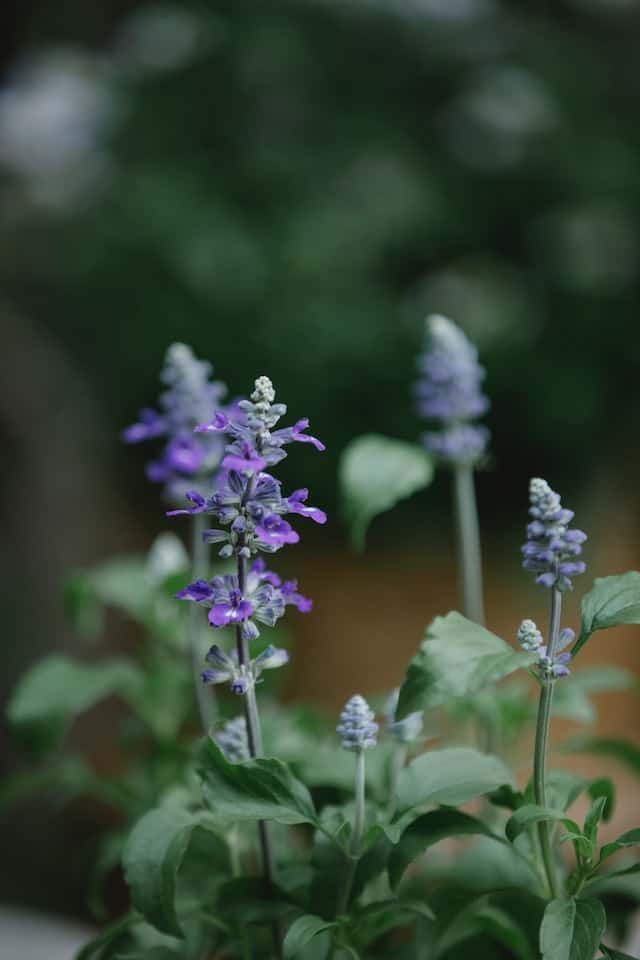
Salvia species, especially those that are more cold-tolerant, can be beneficial additions to fall gardens. Planting them in September lends vibrancy to landscapes, particularly in USDA zones 9 and 10. These drought-resistant plants flourish in well-drained soil and promise long-lasting blooms that attract bees and hummingbirds.
Black-Eyed Susans
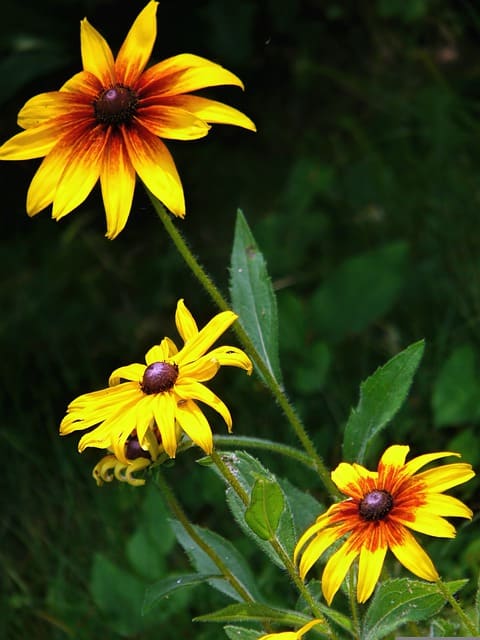
Rudbeckia, or black-eyed susans, are vibrant perennials that can be planted in September, especially in zones 9 and 10. They produce cheerful yellow blooms with dark centers and thrive in full sun. Black-eyed susans are hardy and can adapt to varying soil conditions, making them ideal for a low-maintenance area of your garden.
Herbs To Plant
Herbs are a delightful addition to any garden, providing flavor and fragrance all year round. Here are ten herbs that can flourish when planted in September.
Basil
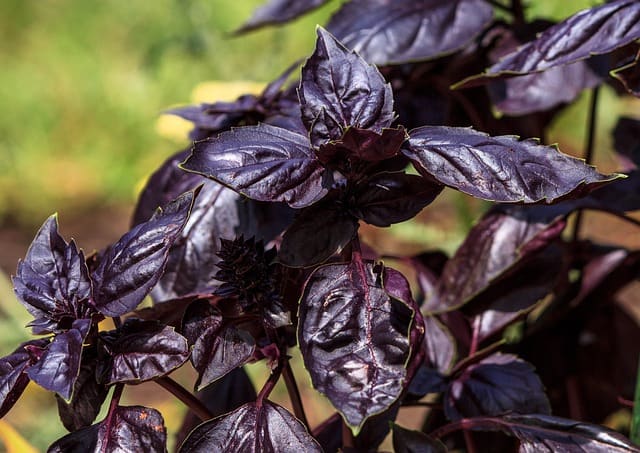
Though basil is typically a summer favorite, September planting can still yield wonderful results in Florida. In USDA zones 9 and 10, basil loves the warm soil and hot weather of early fall. It enjoys full sun and rich, well-draining soil. Watch out for pests like aphids, and be sure to harvest regularly for a bountiful supply through the cooler months.
Cilantro

Cilantro is perfect for planting in September, especially in the cooler areas of Florida. Ideal for USDA zones 8b through 10, this herb prefers temperatures between 50 to 75°F. Cilantro is known for its rapid growth and can be harvested within weeks. To promote continuous growth, sow seeds every few weeks.
Chives
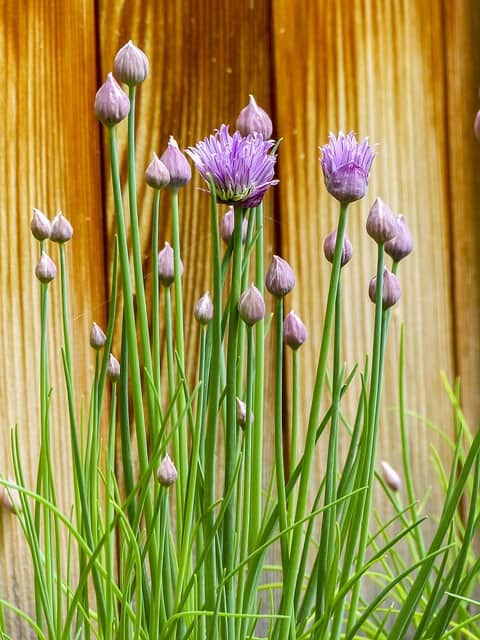
Chives thrive in various growing conditions and can be easily planted in September throughout Florida. They prefer well-draining soil and full sun or partial shade. Chives are perennial herbs that will continue to come back year after year, making them a sensible long-term addition to your herb garden.
Oregano

Oregano is a resilient herb that can be planted in September in USDA zones 9 and 10. This perennial herb prefers full sun and well-drained soil and can tolerate heat and drought conditions. With its robust flavor, oregano enriches a variety of dishes, and its hardy nature means it will continue growing for years.
Thyme
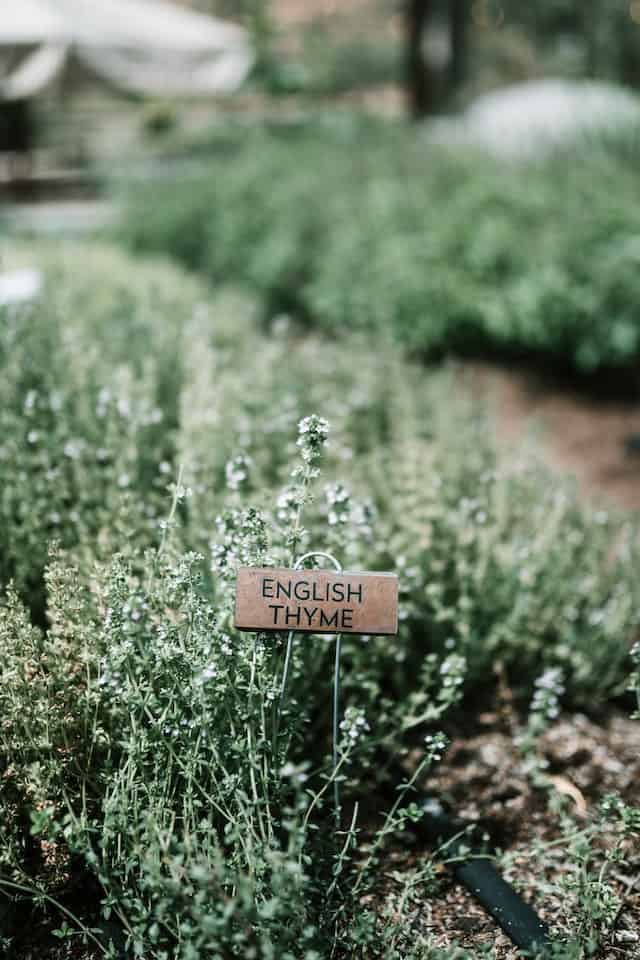
Thyme is another herb that flourishes in September in Florida. Whether you are planting culinary or ornamental varieties, thyme prefers well-drained soil and full sun. Zones 9-10 offer favorable conditions, as thyme is drought-resistant and can handle heat, making it a resilient option during the fall months.
Parsley

Parsley can be sown in fall for a vibrant herb garden throughout the cooler seasons. It thrives in USDA zones 9 and 10, enjoying rich, well-drained soil and partial to full sun. Parsley requires consistent moisture to grow successfully, and you can enjoy fresh leaves and garnishes from your garden well into winter.
Dill
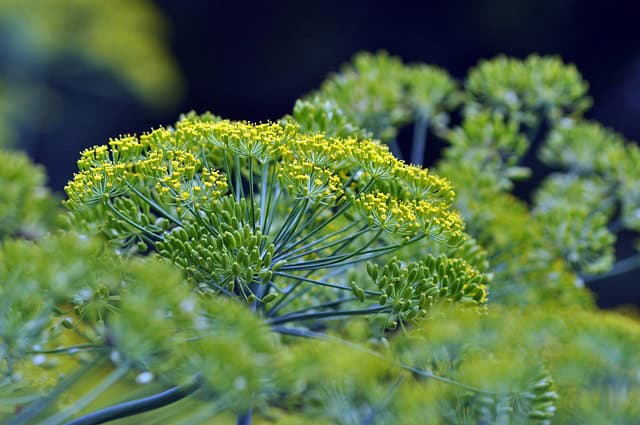
Dill is well-suited for planting in September in Florida, particularly in zones 9-10. This herb prefers cooler temperatures and requires full sun with rich, well-drained soil. Dill grows quickly and provides flavor for a range of dishes. Seedlings will develop rapidly, so make sure to watch for flowers; once they appear, it’s time to harvest.
Mint
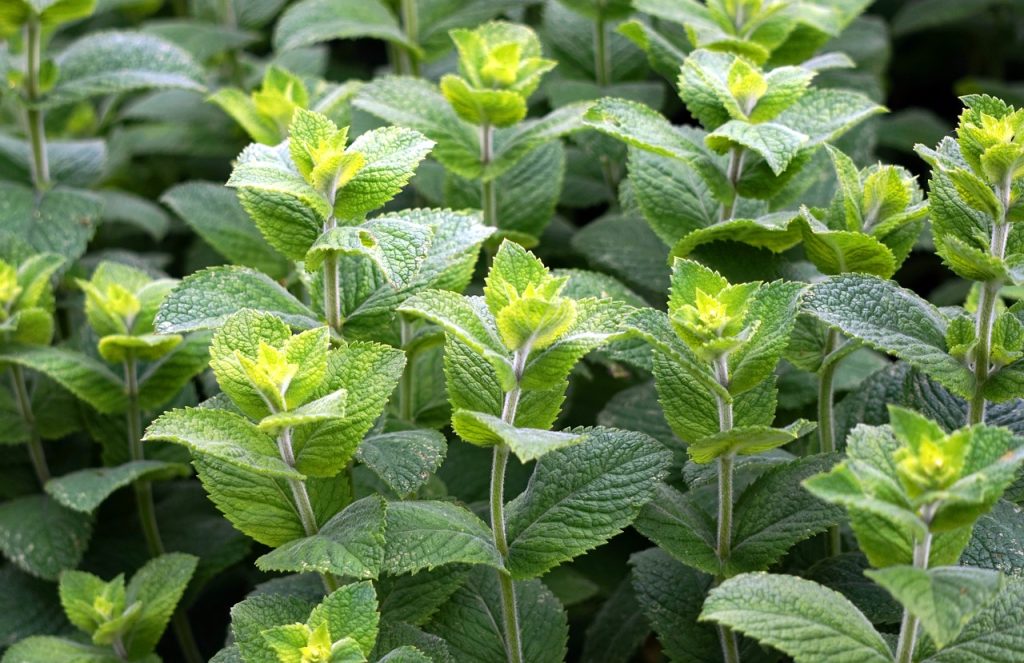
Mint species do exceptionally well in Florida due to the warm climate. While they may be invasive, plant mint in containers or designated garden areas in September, particularly in zones 9 and 10, where it can flourish under full sun. Mint enjoys consistently moist soil and can provide delicious leaves for teas, salads, and garnishes.
Sage

Sage is a perennial herb that does well when planted in September, particularly in USDA zones 9-10. It prefers well-drained soil and full sun. Sage’s leaves have a distinctive aroma and rich flavor, making it a popular choice for seasoning. With minimal maintenance, it can thrive for years.
Fennel
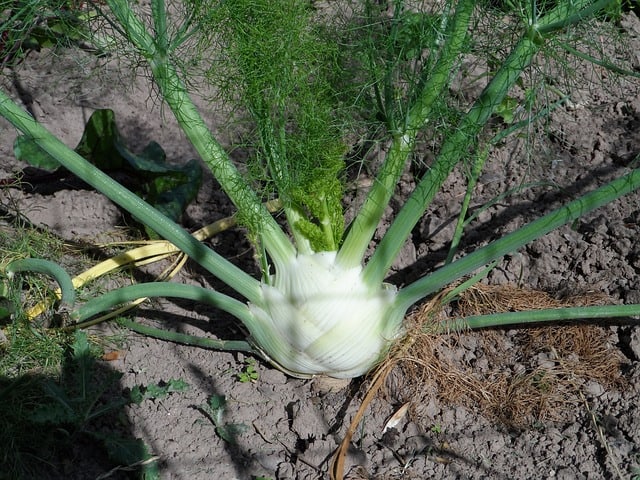
Fennel thrives in Florida’s warmer climate and can be planted in September. This herb does well in USDA zones 9 and 10, preferring full sun and fertile soil. Growing fennel provides not only culinary value but also height and visual interest to your herb garden. Regular watering is essential to encourage growth and prevent it from becoming bitter.
Landscape Plants To Plant
Creating a beautiful landscape is not just about flowers and vegetables; it’s also about establishing long-lasting plants that enhance your outdoor space. Below are ten landscape plants ideal for enhancing your Florida garden this September.
Bougainvillea
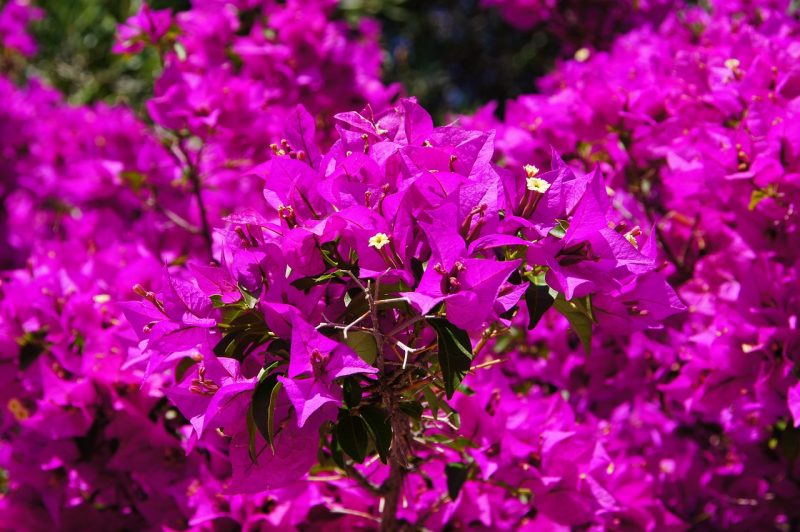
Bougainvillea provides vibrant color to landscapes and can be planted successfully in Florida in September. These plants flourish in sunny conditions and are drought-resistant, making them ideal for USDA zones 9 and 10. Regular pruning will encourage more blooms, which can last through the full season.
Hibiscus
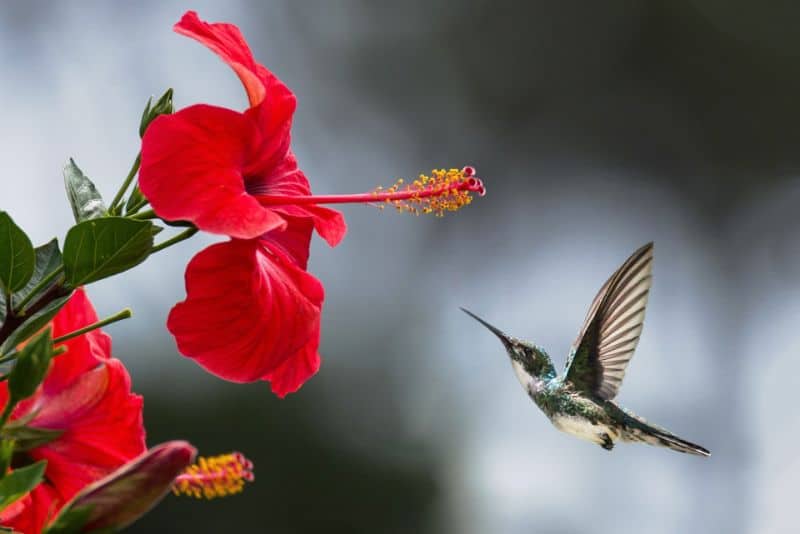
Hibiscus plants can be a stunning focal point in any garden, particularly in southern Florida. September planting allows these tropical beauties to establish themselves before the cooler months. They prefer well-drained soil and full sun, requiring regular watering to thrive. Blooming in various colors, hibiscus adds a tropical feel to gardens.
Crotons
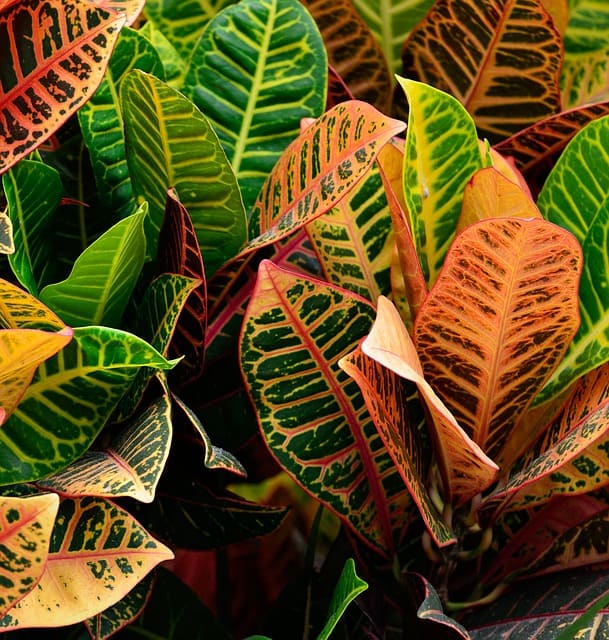
Crotons are colorful tropical plants that can be planted in September across regions of Florida. These vibrant foliage plants prefer full sun and well-drained soil. Crotons thrive in warm, humid conditions, making them a favorite for the Florida climate. With a bit of care, they will provide dazzling color throughout the fall and winter.
Palms
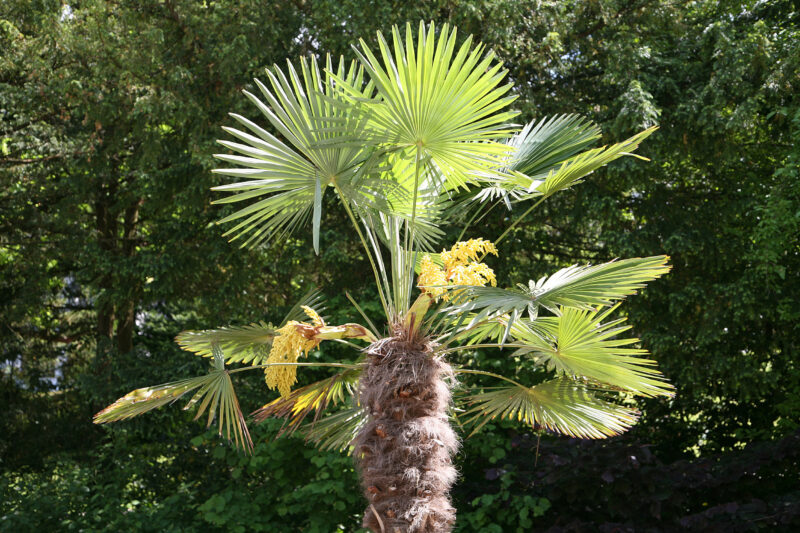
September is an excellent time to plant various palm species in Florida, such as the Sabal Palm or Royal Palm. These trees thrive in well-draining soils and full sun, perfectly matching Florida’s climate. Palms are not only drought-tolerant but also create a beautiful, tropical ambiance year-round.
Canna Lily
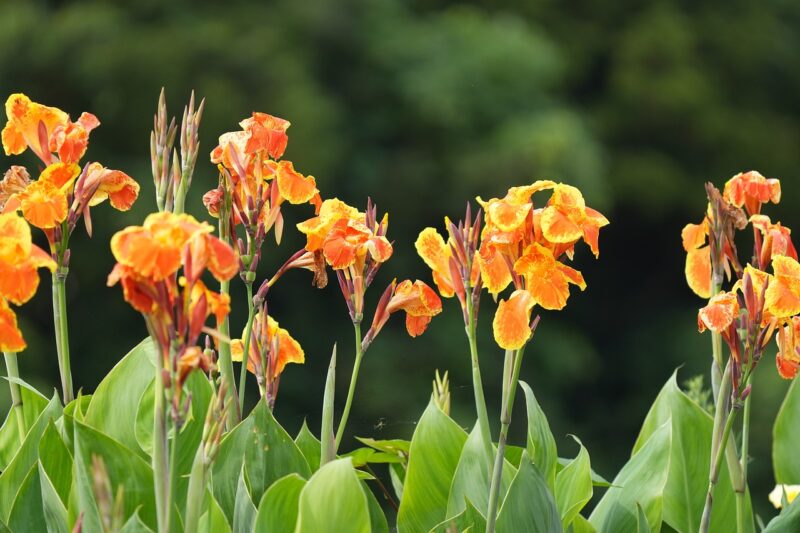
Canna lilies can be planted in September to establish vibrant summer blooms. These semi-tropical plants enjoy full sun and well-draining soil and add multi-colored foliage to your landscape. By focusing on healthy bulbs, gardeners can expect stunning flowers by the time the heat picks up in the spring.
Abelia
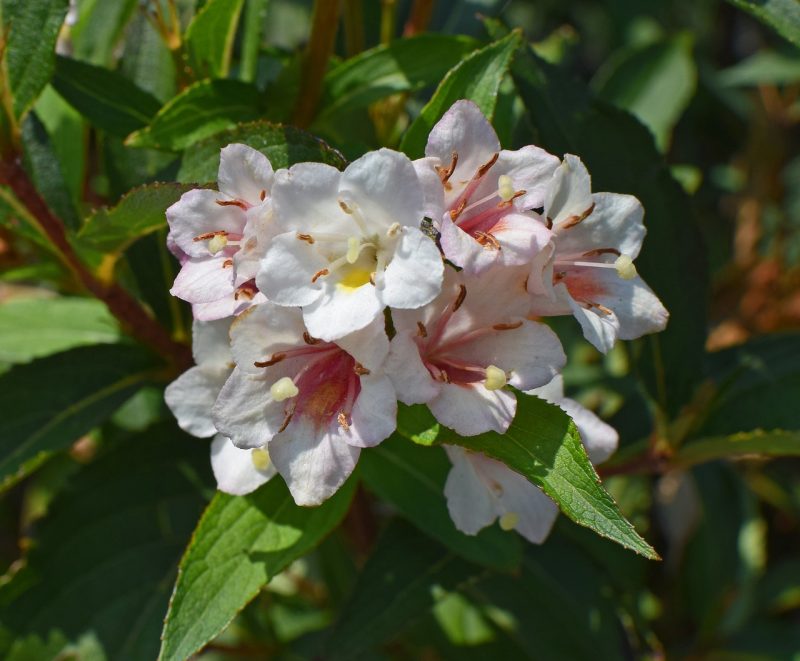
Abelias are semi-evergreen shrubs that can enhance your landscape while providing beautiful blooms in fall. Planting in September allows the roots to establish before the cooler weather. These hardy shrubs do well in full sun to partial shade, producing white or pink flowers that attract butterflies.
Lantana
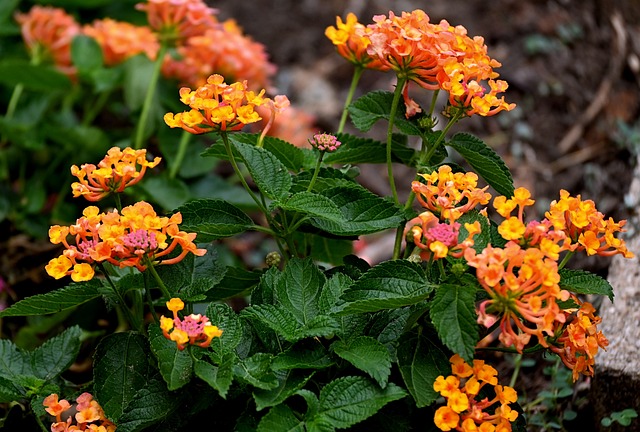
Lantana is a versatile plant that thrives in a variety of conditions, making it perfect for Florida gardens. Planting them in September allows these colorful, drought-resistant plants to establish before the cooler months. Lantana loves full sun and is a magnet for butterflies, contributing both beauty and ecological benefits to your garden.
Pineapple Sage
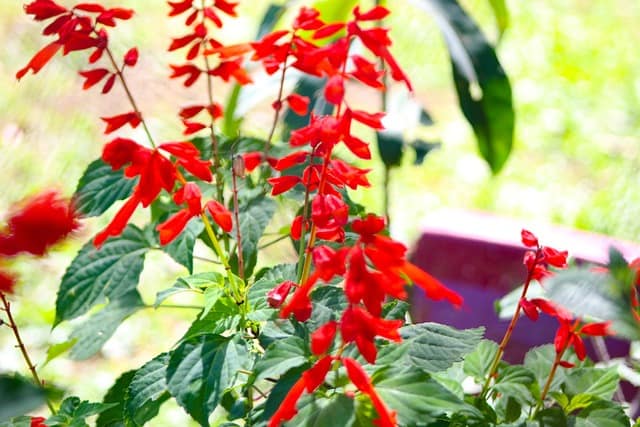
Pineapple sage is a unique herb that can double as both a culinary plant and a landscape feature. It loves full sun and well-drained soil, thriving in USDA zones 9-10. Its beautiful red flowers attract hummingbirds and can be harvested for culinary use. Planting in September ensures a robust growth to carry into the cooler months.
Vine Plants
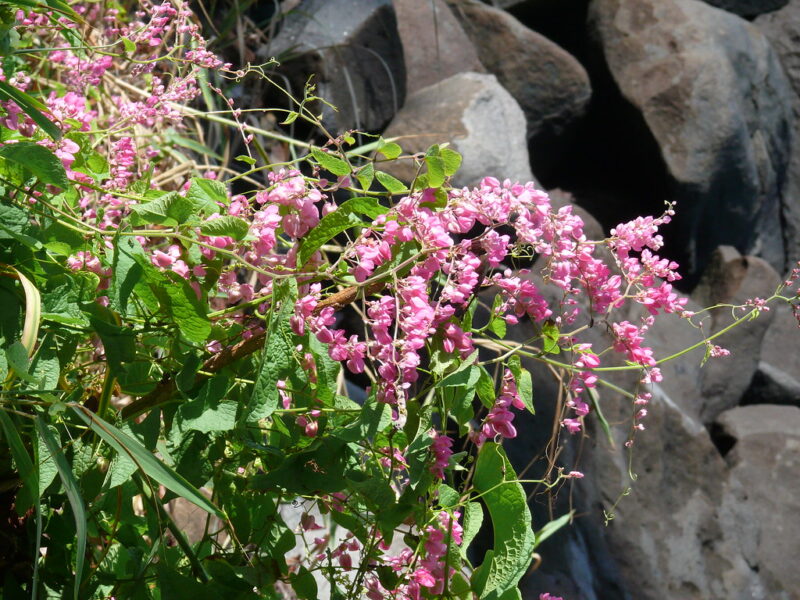
Vines such as Passionflower (Passiflora) or Confederate Jasmine can be planted in September to enhance trellises and fences. They thrive in sunny locations and can quickly cover a variety of surfaces. These vines not only offer privacy or shade, but also provide beautiful flowers and foliage.





